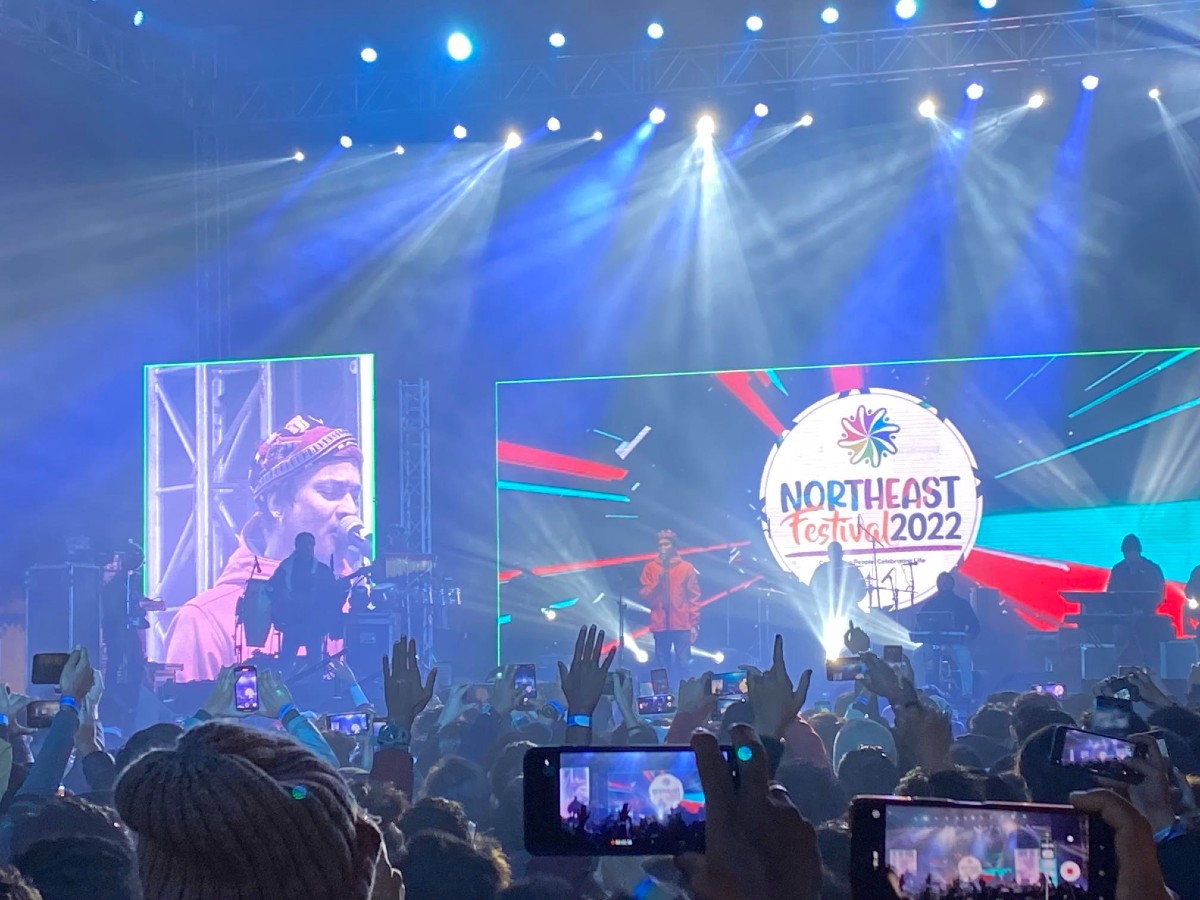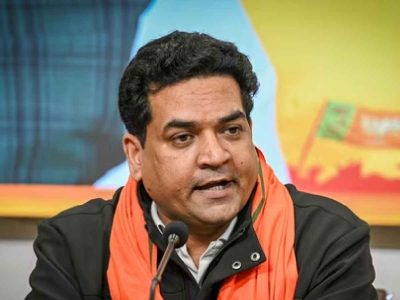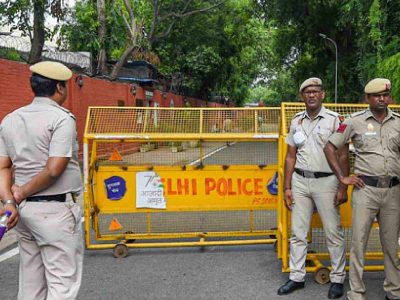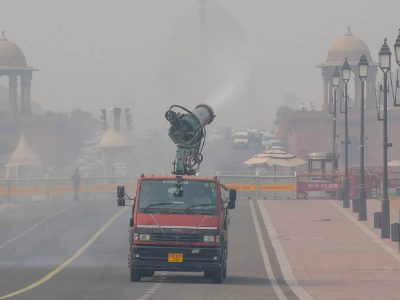After a long hiatus due to the Covid pandemic, the 10th edition of the Northeast Festival returned to Delhi on the Christmas weekend, from December 23 – 26, at the Jawaharlal Nehru Stadium.
The festival, which showcases the cultural mosaic of the region and brings the northeastern communities under one roof, featured popular artists from the eight sisters like Bipul Chettri and Zubeen Garg, who has also contributed Hindi blockbusters.
This year, the Northeast festival coincided with the holiday spirit and the décormade it evident. From Santa Claus’ one horse open sleigh to giant Christmas tree adorned with ornaments particular to the festival – it was resplendent inside. While visitors gathered around the illuminated corners of the lawns of the JLN stadium, the food stalls were the real crowd pullers.
“This is not just a festival for us. It is an occasion to meet and greet people from our home states and a means to feel at home. This festival creates a sense of belonging for our communities because culturally and ethnically we feel alienated in the Capital. Besides, this is also a way for us to build community strength as we get to meet more and more people from the Northeast residing in Delhi,” said 31-year-old Tsephel Bhutia.
The four-day festival attracted Delhiites from all walks of life and promoted eco-tourism by tapping the tourism potential of the region.
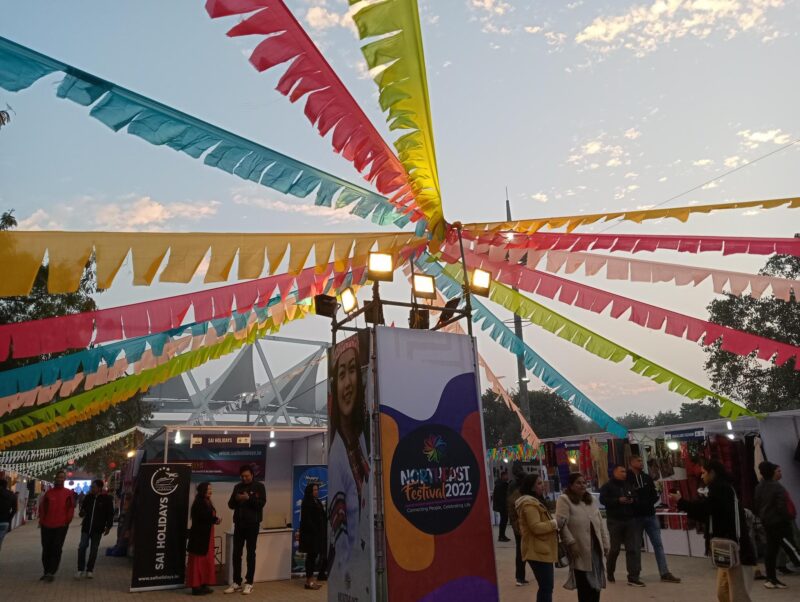
“Through the festival, we want to promote the unexplored places and destinations of the [Northeast] region and make it a unique tourism festival in the future,” said Sajjan Brahma, a volunteer who hails from Assam.
Northeast India is known for its unique herbal products and a wide range of tea – all of which were on display in conical stalls at the festival.
At a stall, Laisen Boro sat with a variety of Assamese tea, among which ‘white tea’ was the most exquisite. “This is the most expensive tea in the world and is sold at Rs 750 for 100gm. Its [high] price is due to its health benefits as it is rich in anti-oxidants and digestive nutrients. It’s only grown in Assam so we are trying to expand its popularity through such festivals,” he said.

Availability and cold weather contribute to the popularity of tea in the region. Twenty-six-year-old Pooja Vats from Manipur put up a stall of different kinds of tea that ranged from Sumac, Roselle, Korean Yuzu, Black, Assamese, Darjeeling, Lemon ginger and the classic Indian chai.
“I am planning to set up my own shop ‘T-Talks’ in north Delhi, so this event works as the best launchpad for my business,” she said.
Besides, there was the warmth of woollen garments, most of which were locally woven with state-specific cultural prints.
“Many of us have come down from the hills only for this festival. We have put up exhibitions because we want to promote our small-scale industries here in the Capital,” said Benny Changhem.
“All that you see here in my stall are woven by Manipuri women. As someone from the community (Manipuri), I thought I will use this opportunity to promote tourismand tell people that our state is not unsafe. Manipur is beautiful, but sadly it is infamous for insurgency, which has also become a stigma for us. Please come to our state. We are actually diverse within our own communities and rich in culture and handicraft,” she added.
In Benny’s stall there were finely woven woollen mufflers, shawls and phanek (a traditional Manipuri attire worn like a skirt).
The event included stellar performances fromBipul Chettri and The Travelling Band, who enthralled the audience on Christmas Eve,which was the second day of the festival. A trance-like aura filled the air as Chettri took the mic and began the lines “Pani Paryo Sarara, Chana Bajyo Garara.….”.The audience sang along.
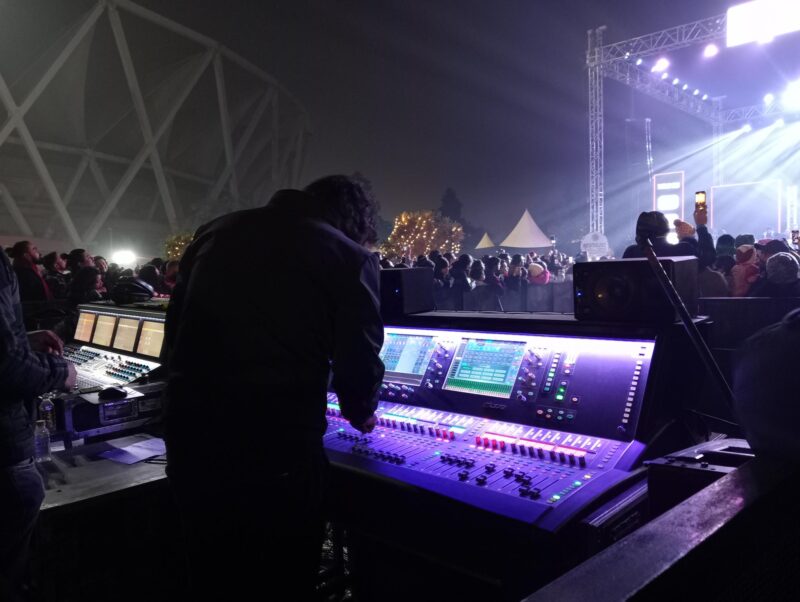
A day later, Assamese pride Zubeen Garg, who is also one of the pioneers of the festival, set the stage on fire with a range of Axomiya songs, ending his performance with a Bollywood superhit Ya Ali from the film Gangster. During his show, the audience was left enthralled with his engagement of local drums that upped the ante. With Zubeen on stage, a sea of people grooved and danced until their shoes wore off.
There were exhibitions of the finest products of Northeast, the best of musical bands, fashion shows and many more on all the four days.
It was an exhibition of various handloom and crafts, organic food, agri-horti processing products, and industrial products of various self-help groups, farmers, weavers and entrepreneurs of Northeast. A series of B2B Meet on tourism and trade also took place.
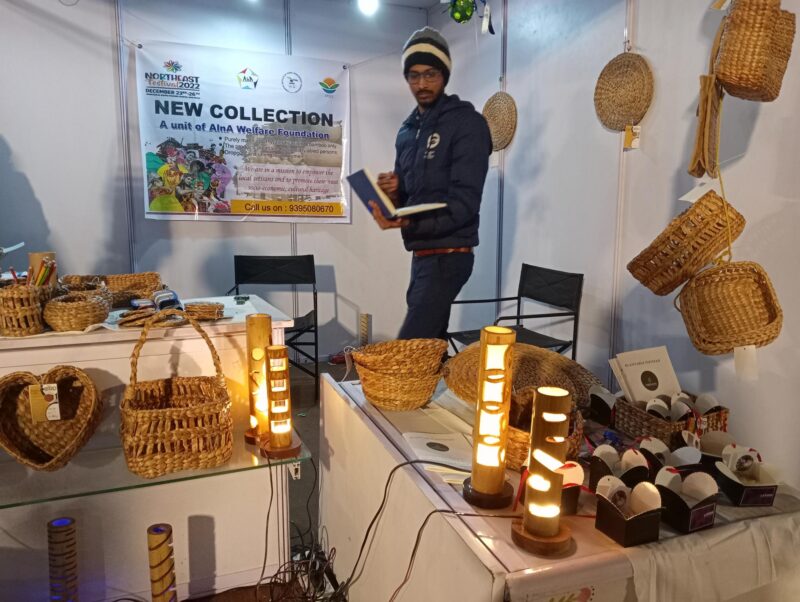
It was an enticing gateway to the food of the region as lip-smacking local and exotic delicacies of Northeast India were served by various popular restaurants during the festival. There were also those who slogged for weeks to put together a menu that satiated the taste buds of not just those from Northeast, but also residents of Delhi who do not belong to the region.
“We had started a food delivery business back in 2019, but we had to pack it up due to the losses we incurred during the pandemic. But our love for food and cooking remained. So, we decided to rent a stall here to feed people authentic Assamese food and also make some money,” says Laimon.
One of the most scrumptious of the items in the Assamese stalls was pork with sesame seeds. The gravy is rich and black in colour made out of sesame seed paste with succulent pork cubes.
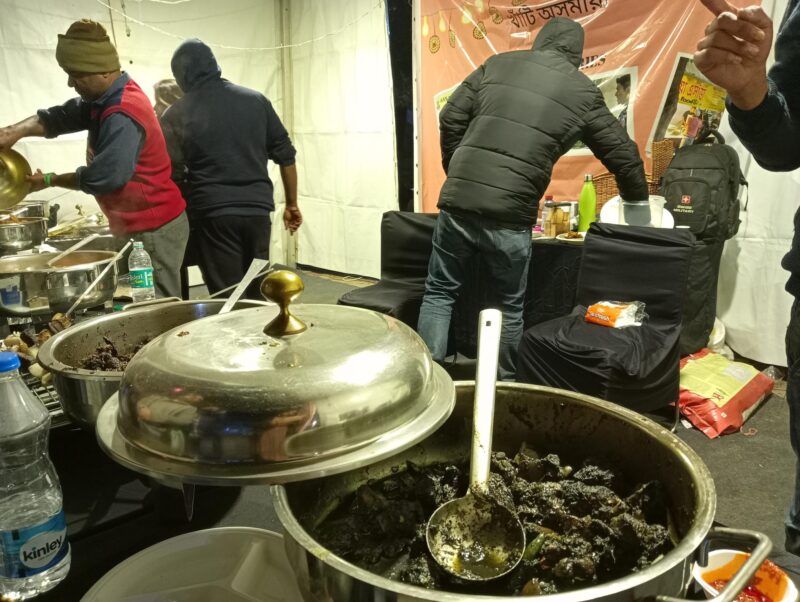
Few stalls away, in AlemLamtur’s Naga food stall, a crowd gathered to devour black sticky rice with smoked pork with Axone (fermented soyabean).
In all, the festival was a heaven for meat lovers with its sumptuous spread and a range of meat items, including duck, chicken, mutton, pork and fish. And ofcourse, there weremomos!
But what stood out the most was the spirit of the festival and the tremendous diversity in art and culture.
Follow us on:
Instagram: instagram.com/thepatriot_in/
Twitter: twitter.com/Patriot_Delhi
Facebook: facebook.com/Thepatriotnewsindia

